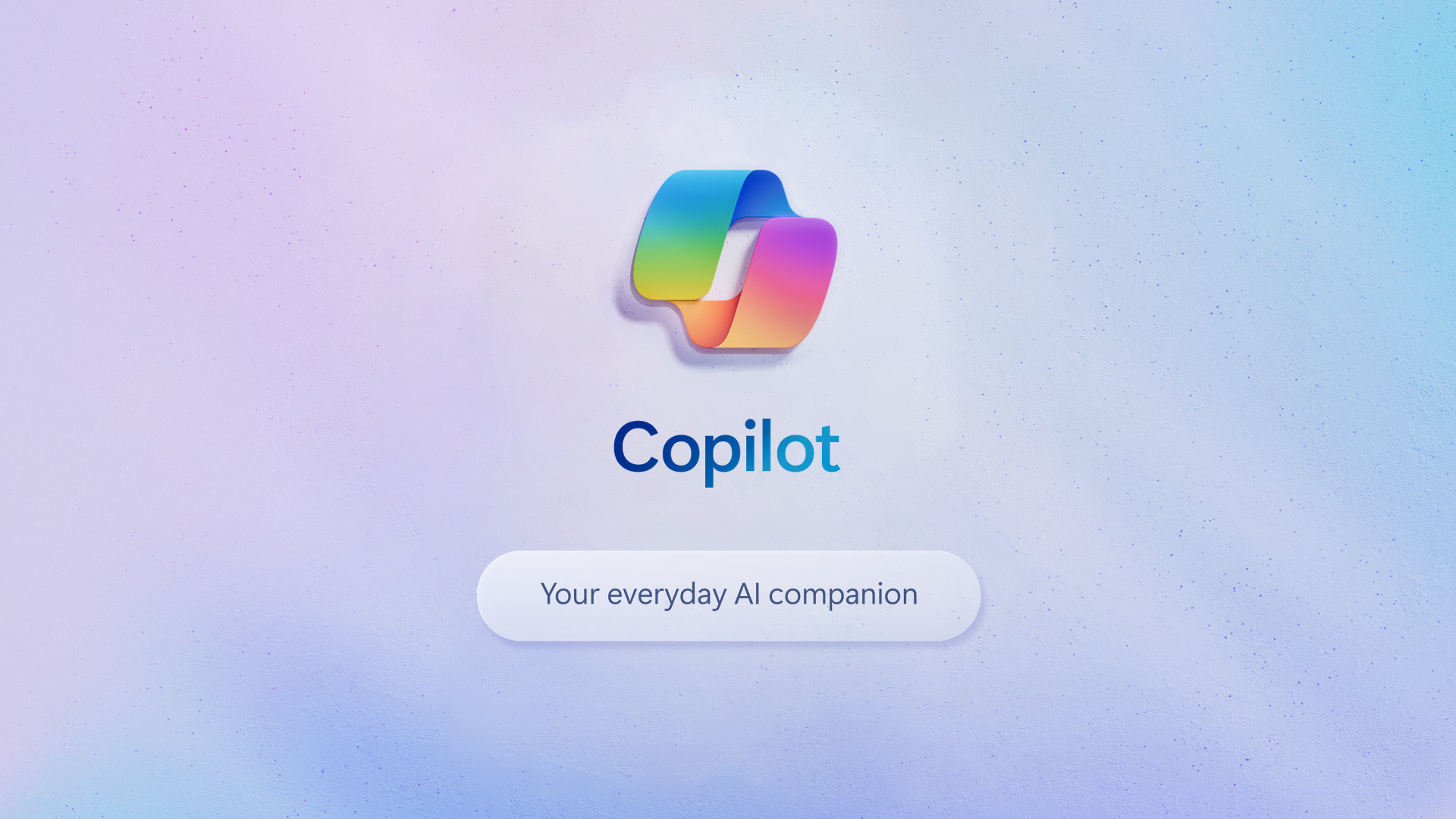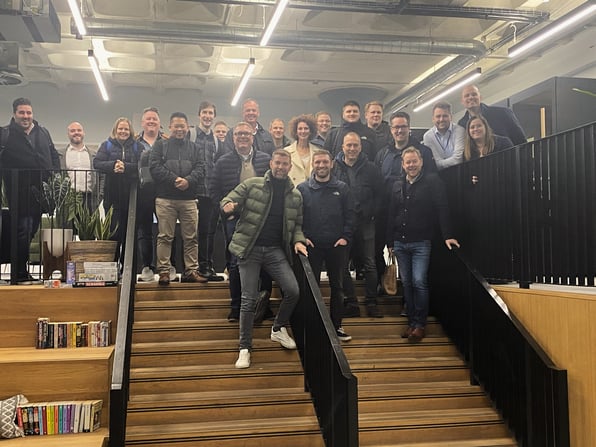As a managed service provider (MSP), we understand that the world of IT can be filled with technical terms and jargon that may not be immediately clear to everyone. It is constantly changing and while these developments are exciting and brilliant for future growth, it can also be very confusing trying to keep up. Whether this be from seeing posts online, the news, or conversations you may have with IT professionals, there is a growing list of IT service terms that are great to know. We've put together this IT jargon-buster blog to help you navigate the complex world of technology and stay ahead of the curve.
MSP - Managed Service Provider - This refers to a company that provides IT services to other businesses on a recurring basis. MSPs typically manage and maintain their clients' IT infrastructure, including hardware, software, and network systems.
Cloud Computing - This refers to the practice of using remote servers to store, manage, and process data instead of relying on local servers or personal computers. Cloud computing can provide a number of benefits, including increased scalability, flexibility, and cost savings.
Artificial Intelligence (AI) - AI, or artificial intelligence, refers to the simulation of human intelligence in machines that are programmed to perform tasks that typically require human-like abilities such as learning, problem solving, pattern recognition, and decision-making. This can include a range of techniques such as machine learning, natural language processing, computer vision, and robotics. The goal of AI is to create intelligent machines that can automate and enhance a wide variety of tasks and processes, making them faster, more accurate, and more efficient than traditional human methods.
Virtualisation - This refers to the practice of creating a virtual version of something, such as a server or storage device, using the software. Virtualisation allows businesses to run multiple operating systems and applications on a single physical server, which can help reduce costs and improve efficiency.
VPN (Virtual Private Network) - This is a secure, encrypted connection between two devices or networks over the internet. VPNs are commonly used by businesses to connect remote workers to their corporate network or to allow employees to access company resources from outside the office.
Firewall - This is a network security system that monitors and controls the incoming and outgoing network traffic based on predetermined security rules. Firewalls can help prevent unauthorised access to a company's network and protect against malware and other cyber threats.
Backup and Disaster Recovery - This refers to the practice of regularly backing up critical data and having a plan in place to quickly recover data in the event of a disaster, such as a natural disaster or cyber attack. This is an essential practice for businesses of all sizes.
VoIP (Voice over Internet Protocol) - This refers to making phone calls over the Internet instead of traditional phone lines. VoIP can provide cost savings, increased flexibility, and advanced features like video conferencing and unified messaging.
SaaS (Software as a Service) - This is a software licensing and delivery model in which software is provided over the Internet as a subscription service. SaaS can provide businesses with access to powerful software without expensive hardware or maintenance.
IaaS (Infrastructure as a Service) - This is a cloud computing model that provides businesses with access to virtualised computing resources over the internet. This includes resources such as servers, storage, and networking components that can be scaled up or down based on demand. With IaaS, businesses do not need to invest in and maintain their own physical infrastructure, which can result in significant cost savings and increased flexibility. Instead, they can use a pay-as-you-go model to only pay for the resources they use. IaaS is typically used by businesses of all sizes to support their application development, testing, and deployment needs.
IoT (Internet of Things) - This refers to the network of physical devices, vehicles, home appliances, and other items that are connected to the Internet and can communicate with each other. IoT can provide businesses with valuable data and insights but also presents unique security challenges.
Ransomware - This type of malware encrypts a user's files and demands payment in exchange for the decryption key. Ransomware is a growing threat to businesses of all sizes and can cause significant damage if not adequately addressed.
Bandwidth - This refers to the amount of data that can be transmitted over a network or internet connection in a given amount of time. Bandwidth is typically measured in bits per second (bps) or bytes per second (Bps).
Latency - This refers to the amount of time it takes for data to travel between two points in a network. Latency can be affected by a number of factors, including distance, network congestion, and the speed of the devices and connections involved.
DNS (Domain Name System) - This is a system that translates human-readable domain names (such as www.google.com) into IP addresses that computers can use to locate and connect to websites and other online resources.
API (Application Programming Interface) - This is a set of protocols, routines, and tools that developers use to build software applications. APIs enable different software applications to communicate and exchange data with each other.
SSL (Secure Sockets Layer) - This is a protocol for securely transmitting data over the internet. SSL is commonly used to secure online transactions and sensitive data such as credit card numbers and login credentials.
SMTP (Simple Mail Transfer Protocol) - This is the standard protocol used for sending and receiving emails over the Internet. SMTP is responsible for delivering email messages to the correct destination email server.
FTP (File Transfer Protocol) - This is a standard protocol used for transferring files over the internet. FTP is commonly used by web developers to upload and download files to and from web servers.
LAN (Local Area Network) - This is a network that connects devices in a small geographic area, such as an office building or campus. LANs are typically used for sharing resources such as printers, files, and internet connections.
WAN (Wide Area Network) - This network spans a large geographic area, such as a city, state, or country. WANs are typically used for connecting multiple LANs and for providing internet access to remote locations.
Uptime - This refers to the amount of time that a system, service, or device is operational and available for use. Uptime is an important metric for measuring the reliability and availability of IT systems and services.
Downtime - This refers to a period of time during which a system, application, or device is unavailable or not functioning as expected. It can be caused by a variety of factors, such as system maintenance, hardware failures, software bugs, or network outages. Downtime can result in lost productivity, revenue, and customer satisfaction, and is, therefore, a critical concern for businesses and organisations that rely on technology to operate.
SLA (Service Level Agreement) - A contract that defines the level of service a customer can expect from an MSP.
RMM (Remote Monitoring and Management)- A set of tools and processes used by MSPs to remotely monitor and manage their client's IT infrastructure.
PSA (Professional Services Automation) - A software platform used by MSPs to manage their business operations, including project management, time tracking, and invoicing.
BDR (Backup and Disaster Recovery)- A solution that combines data backup and business continuity planning to protect against data loss and downtime.
Patch Management - The process of regularly applying software updates and patches to IT systems to ensure they are secure and up to date.







